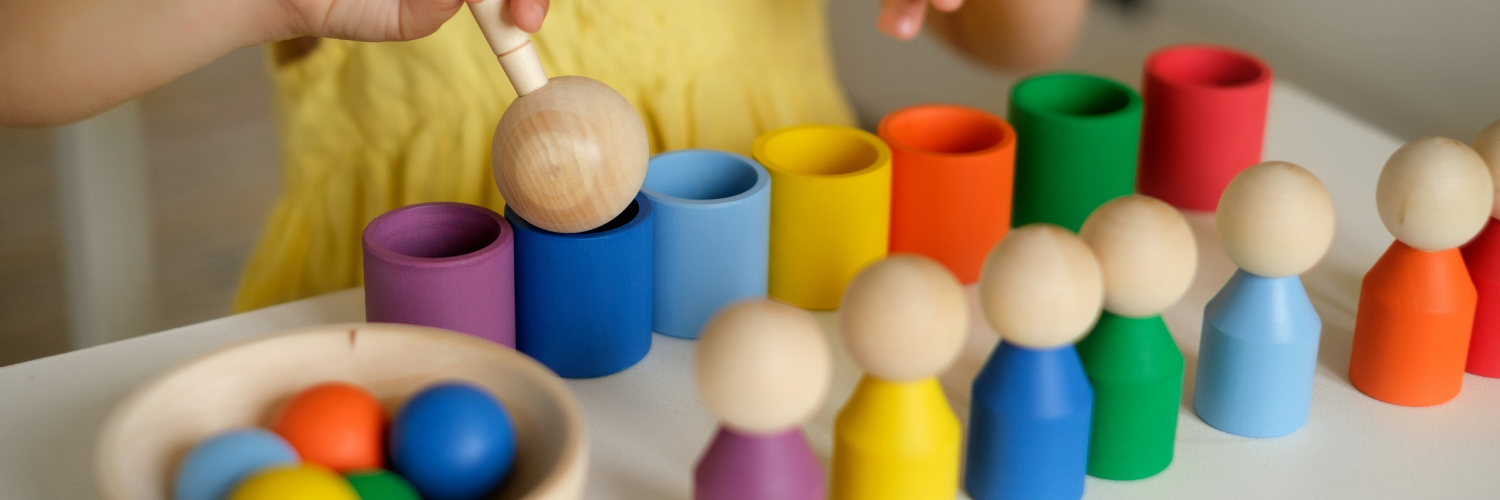
This blog has been written by EYR Industry expert Emily Hanson, a qualified EYFS teacher with an M.Ed in Education from the University of Cambridge. In this blog, Emily discusses the importance of heuristic play in the early years and provides a variety of suggestions as to how you can incorporate heuristic play into the everyday setting. To learn more about Emily, visit her website.
Heuristic play is quite the buzzword of the moment. It’s usually a phrase you’ll spot in hashtags below baskets of wooden sensory items or ribbons, or even captioning an outdoor play scene. But what exactly does ‘heuristic play’ entail? Should we be pursuing it for our children? And is it just another play trend without much research to support it?
As someone who has a career peppered with educating young folk and writing about it, it’s something I’ve returned to frequently. It’s also something I’m determined to incorporate into our child’s early childhood experience and beyond. It’s valuable, it’s exciting, and it’s empowering. Read on to find out why.
What is heuristic play?
Heuristic play is a term first defined in the 1980s, by English born educator and social worker Eleanor Goldshmied. In her popular work ‘People Under Three’ she defined heuristic play as:
Put simply, it consists of offering a group of children, for a defined period of time, in a controlled environment, a large number of objects and receptacles with which they can play freely without adult intervention – via
Eleanor Goldshmied and Sonia Jackon People Under Three p. 128
Heuristic play, developing from this original definition, refers to the use of open-ended objects for children to independently explore and create with as they please. While it is most commonly used in reference to baby and toddler play, it can actually be used for all ages, even adults – to encourage deep problem solving, creativity, STEM and language development – alongside simply having a great time!
What is so great about heuristic play?
Why do I love it so much? A real myriad of reasons. I’ll go into them now.
It works as a foundation for all play…
If you have a basket of random objects that can be stacked, counted, narrated and more, you have the basic resources for any number of play opportunities.
Just think of a wooden egg cup. Stack it on top of a table and knock it off to explore gravity. Serve teddy bears and fairies a cup of strawberry tea. Spin it on its head. Compare it to the feel of a cold metal spoon. Mouth it and see what give it has on your poor teething gums! Scoop and pour sand and mud. Whisper into it and see what echoes it makes. Sit it alongside wooden spoons and a cotton spool to practice counting and 1:1 object correspondence. Heuristic play sets very few limits to imagination.
It offers agency and choice
Give a child a toy kitchen (no judgement here- we have one ourselves!) What can they do with it? They can play kitchens, restaurants, and maybe shops. That’s wonderful and valuable. However, it comes with its own narrative. Some of the imaginative process has already been completed by a well-meaning adult. The child knows that if they are to use the kitchen the scenario will be fairly set in stone. Again, there’s nothing wrong with this at all – but wouldn’t it be lovely if our children had the opportunity to use it for a while, then later in the day opt for open-ended play materials to construct a narrative completely on their terms?
Without adult intervention or pre-scripted play narratives, a bowl of pom poms can be anything a child needs it to be. A sensory experience; fine motor skill practice; meatballs; snow; counters for a game; wedding confetti, the child leads on the object use.
It moves with a child’s developmental stage
Moving on from my previous point, if a resource is completely open-ended, it can be adopted and used for an array of developmental stages. A wooden spoon can be mouthed by a baby, used as a beater for a drum, or decorated to be a fairy wand.
As a child’s cognitive world opens up an open-ended item can grow to have more and more uses. This again empowers the child: as the resource won’t be inaccessible, too easy or too challenging. It’s simply what they make of it. This also helps with value for money in ensuring the budget for your home or setting keeps to its targets!
It’s inexpensive and easy to resource
The very point of heuristic play is that it uses simple resources. Heuristic play can be a bowl of shells or wooden beads, poms poms and more. As long as the resources don’t have a completely set narrative or purpose, they’re usually classifiable as heuristic. This means children can benefit from this type of play without the barriers of cost/affordability both in terms of time and finance. Here are a few simple resources that Early Years Resources offer, which I think are just the ticket to getting stuck in with heuristic play! They would be a great way to start up your heuristic play space, and could be easily supplemented with finds from around your home like bowls, baskets, and child-safe utensils like wooden spoons.
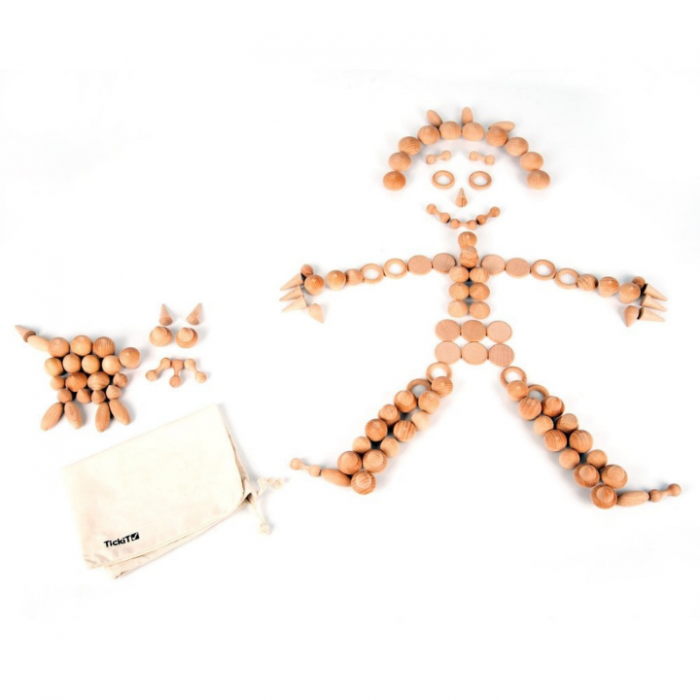
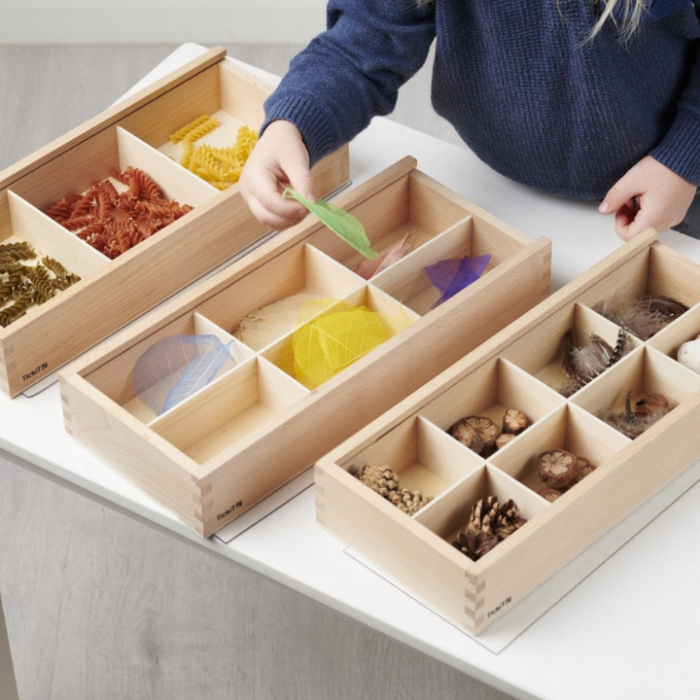
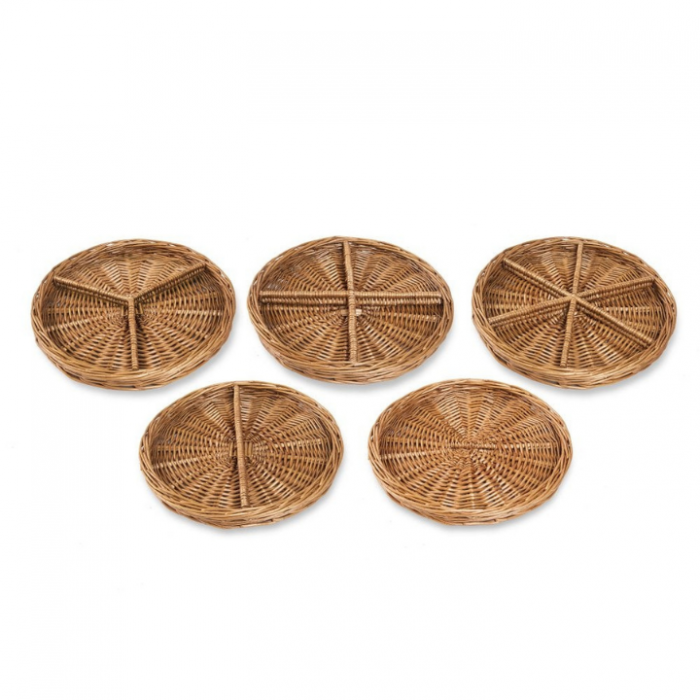
Tuff trays are one of the most highly sought after resources for early years children, and rightly so. They offer a multitude of opportunities for play and discovery, so it only makes sense to make use of their versatility. With the addition of Early Years Resources newly developed Tuff Tray Plush Mat, you can create a dedicated, comfortable space for children to engage in heuristic play and explore a myriad of resources for hours on end. It’s definitely a worthy investment.
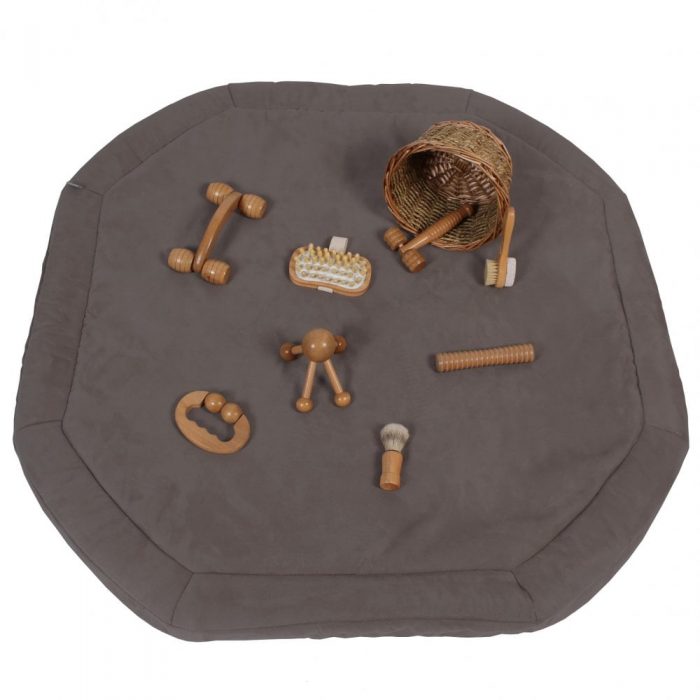
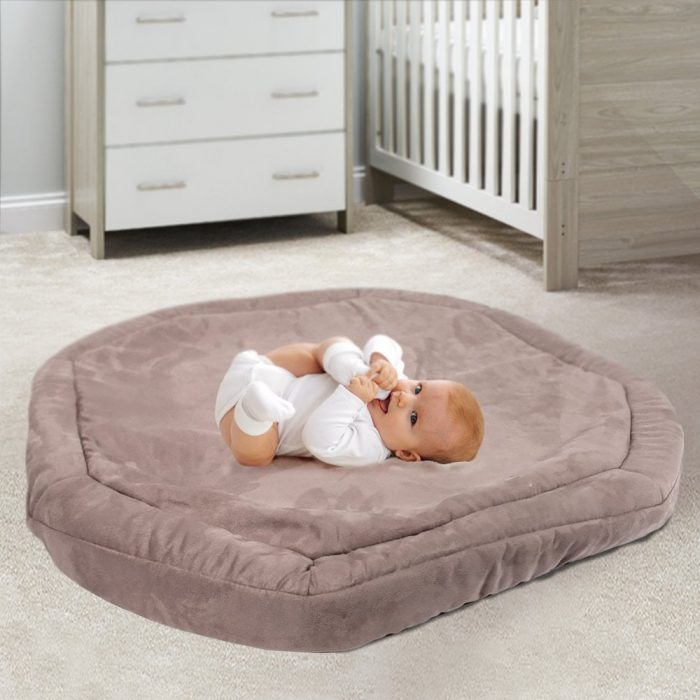
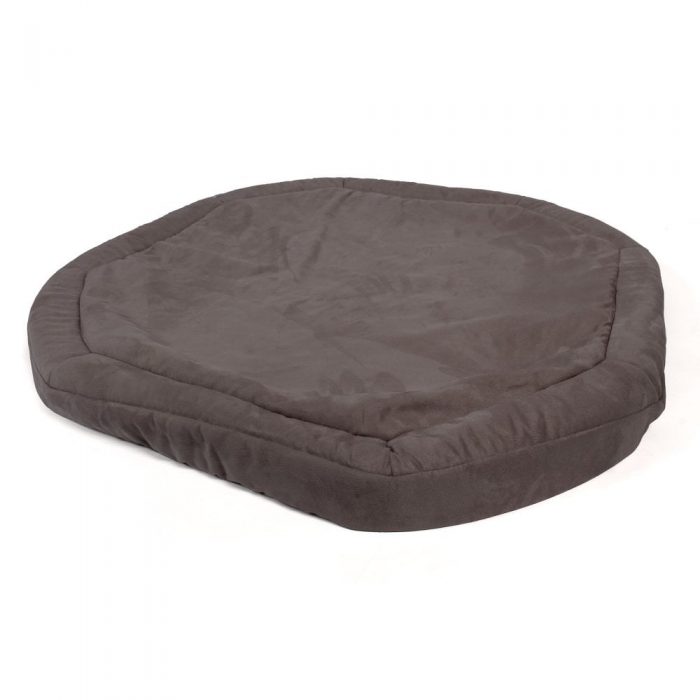
Finally, it does not require adult support
While scaffolding from an adult has its place (in my opinion), heuristic resources do not require adult support whatsoever. As the items are entirely open-ended a child can independently access them, order them, and narrate them. They, therefore, have full control over what their play can become. While it’s important your child is given the tools and resources to explore items independently, it’s also down to you to ensure they are safe and age-appropriate.
Heuristic play might sound daunting, but it really needn’t be! There’s no right or wrong way to do it and people in different settings will have their own ideas about what heuristic play should look like. But in its essence it’s about simplifying play, trusting the child, and keeping things open-ended. Above all, have fun and enjoy!


